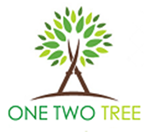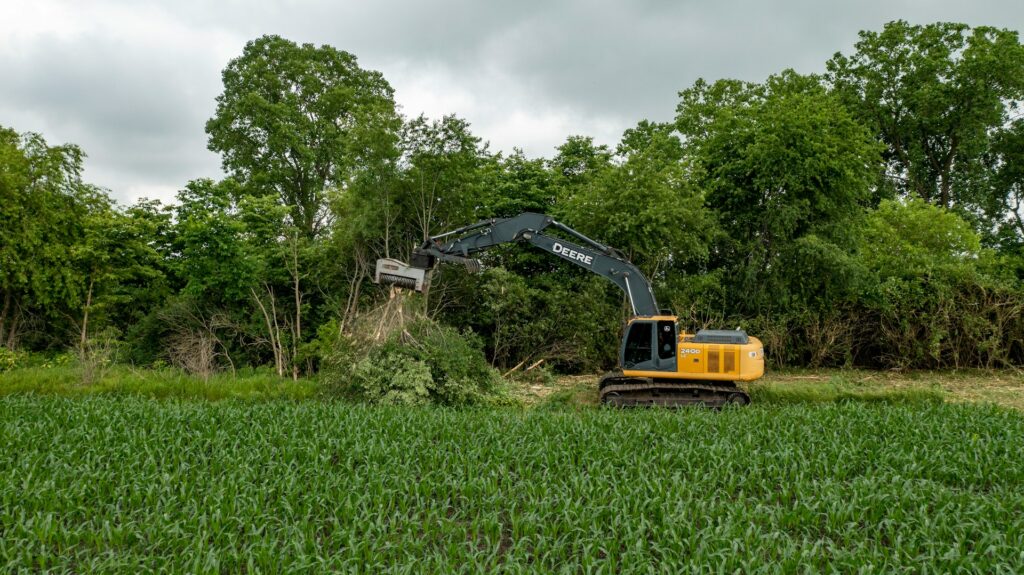Maintaining an attractive and functional landscape is essential for property owners seeking to create visually appealing and comfortable outdoor environments. While tree care, landscaping, and hardscaping play significant roles in achieving these goals, debris removal is equally important, as it can greatly impact the appearance, safety, and use of your property. At One Two Tree, our expert team is committed to providing comprehensive debris removal services that help you create an inviting and attractive outdoor space you can be proud of.
In this article, we will explore the importance and benefits of professional debris removal services, focusing on the direct impact they have on your landscape’s aesthetics and safety. We will address common types of debris property owners encounter and discuss expert strategies for managing them effectively. Additionally, we will delve into the process of professional debris removal and offer valuable tips for preparing your property for a successful project. By understanding the significance of debris removal and the various services available to you, you can make informed decisions about the maintenance of your property’s landscape and invest in services that ensure a beautiful, safe, and enjoyable outdoor space.
1. Importance of Debris Removal
Debris removal is essential for elevating your landscape’s beauty, safety, and functionality. Here are several reasons why professional debris removal should be part of your landscaping plan:
– Aesthetic Improvement: Debris, such as fallen branches or leaves, can diminish your property’s curb appeal. Clearing away these unsightly elements can significantly enhance your landscape’s appearance.
– Enhanced Safety: Debris can pose potential hazards like tripping, harboring pests, or causing damage during storms. Prompt removal enhances overall safety.
– Increased Functionality: Removing debris helps reclaim valuable yard space, allowing for improved functionality and more outdoor enjoyment opportunities.
– Healthier Plants and Trees: Piles of debris can harbor diseases or pests that can infect your trees and plants. Proper debris management ensures a healthier landscape.
2. Common Types of Landscape Debris
A variety of debris can accumulate in your landscape over time, including:
– Leaves: Fallen leaves, if not removed, can smother lawns and plants, limiting sunlight and oxygen.
– Sticks and Branches: Fallen branches can create tripping hazards while decaying sticks can attract insects or diseases.
– Tree Stumps: Old tree stumps can obstruct development, attract pests, and increase potential hazards.
– Storm Debris: High winds and storms often leave behind a trail of debris, like damaged trees, broken limbs, or scattered foliage.
– Construction Debris: Renovations and new projects can generate construction waste, including wood, rocks, and soil.
3. Professional Debris Removal Process
A well-executed debris removal process ensures a clean, safe, and appealing landscape:
– Assessment: A professional will evaluate your property, identifying types and locations of debris that need attention.
– Planning: A tailored approach is developed, taking into account any specific concerns or preferences you may have.
– Removal: Utilizing specialized equipment and techniques, the team efficiently clears and collects the debris.
– Disposal: Debris is responsibly disposed of according to applicable regulations, minimizing environmental impact.
– Final Inspection: A thorough site inspection ensures debris is effectively removed and that your property is left clean and safe.
4. Preparing for a Debris Removal Project
Follow these tips to help ensure a successful debris removal project:
– Identify Problem Areas: Before seeking professional help, take the time to walk your property and note areas needing attention.
– Communicate Expectations: Discuss your concerns, needs, and expectations with the debris removal team to ensure everyone is on the same page.
– Clear Pathways: Provide clear access to your property, removing obstacles that may hinder equipment or impede progress.
– Check Local Regulations: Familiarize yourself with any local regulations regarding debris disposal to minimize potential issues during the project.
Conclusion
Professional debris removal is an integral part of maintaining a beautiful, functional, and safe landscape. Understanding the advantages, types of debris, and steps involved in a successful project empowers you to make informed decisions and develop a comprehensive plan for your property’s upkeep.
We invite you to experience the difference our expert team at One Two Tree can make in transforming your landscape. With our dedication to providing exceptional debris removal in Marietta, you can trust that your property will be tended to with the utmost care and precision. Contact us today to discover how we can help you create a captivating and safe outdoor space that reflects your vision.

